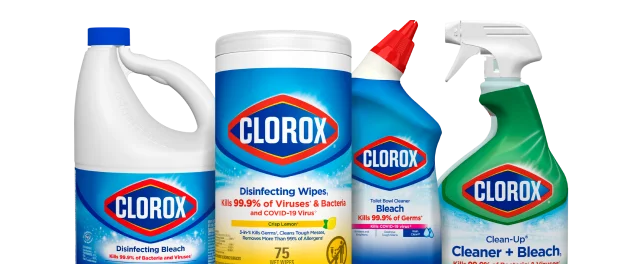What Is Mpox and How to Help Prevent the Spread

With mpox (formerly monkeypox) recently becoming a trending topic in the news and on social media, it is important to learn about the virus and how you can help prevent the spread.
What Is Mpox?
According to the Centers for Disease Control and Prevention (CDC), mpox is a zoonotic disease caused by infection with mpox virus, which is part of the same family of viruses as the virus that causes smallpox.
What Are Mpox Symptoms?
Mpox symptoms can include:
- Fever
- Headache
- Body aches
- Chills
- Exhaustion
- Swollen lymph nodes
- Rash that can look like pimples or blisters that appear on the face, inside the mouth and other parts of the body
Most infected individuals recover within two to four weeks, but there are several practical measures that can be taken to help prevent infection and reduce its spread in your community.
How Is Mpox Transmitted?
According to the CDC, the mpox virus is transmitted through close, personal, often skin-to-skin contact. This can include direct contact with mpox lesions, scabs or body fluids from a person already infected with the virus or indirect contact by touching objects, fabric (clothing, bedding or towels) or surfaces that have been used by someone with mpox. Therefore, the CDC and health experts recommend that people avoid close contact with anyone who may be infected with mpox.
Helping to Prevent the Spread of Mpox
- Avoid Contact with Infected Individuals: To help protect yourself against person-to-person transmission, avoid close, skin-to-skin contact with individuals who are infected with the mpox virus or who have a rash that looks like mpox.
- Avoid Contact with Contaminated Items: Avoid contact with objects and materials that a person with mpox has used. Do not share eating utensils or cups with a person with mpox, and do not handle or touch the bedding, towels or clothing of a person with mpox.
- Hand Hygiene: It's always important to practice good hand hygiene by washing your hands with soap and water or using an alcohol-based hand sanitizer.
- If You’re Feeling Sick: Most importantly, if a new and unexplained rash appears (with or without chills and fever), avoid contact with other people. Call ahead before seeking medical attention; or, if unable to call, tell staff upon arrival of any concerns about mpox.
Caring for Someone Infected with Mpox
Individuals who have mpox, and do not require hospitalization, are recommended by the CDC to isolate at home for the duration of the illness. If you’re caring for someone with mpox, they should isolate from others and anyone helping to care for them should use personal protective equipment like a mask and gloves when handling contaminated items like bedding or towels.
According to the CDC, disinfection of surfaces is recommended for all areas (such as in the home and vehicle) where a person with mpox has been or is currently spending time as well as sanitizing any used linens, towels and clothing. The Environmental Protection Agency (EPA) has activated its Emerging Pathogen Policy for mpox to support environmental hard surface disinfection. This means that product manufacturers can make off-label claims about a disinfectant’s effectiveness against mpox. Multiple Clorox disinfecting products are eligible for use against the mpox virus, including Clorox® Disinfecting Wipes, Clorox® Disinfecting Bleach and Clorox® Clean-Up® Cleaner + Bleach.
Always avoid close contact with people who are sick and observe CDC recommendations as well as local guidelines. Learn more about how to stay healthy and germ-free through sanitizing and disinfecting.




